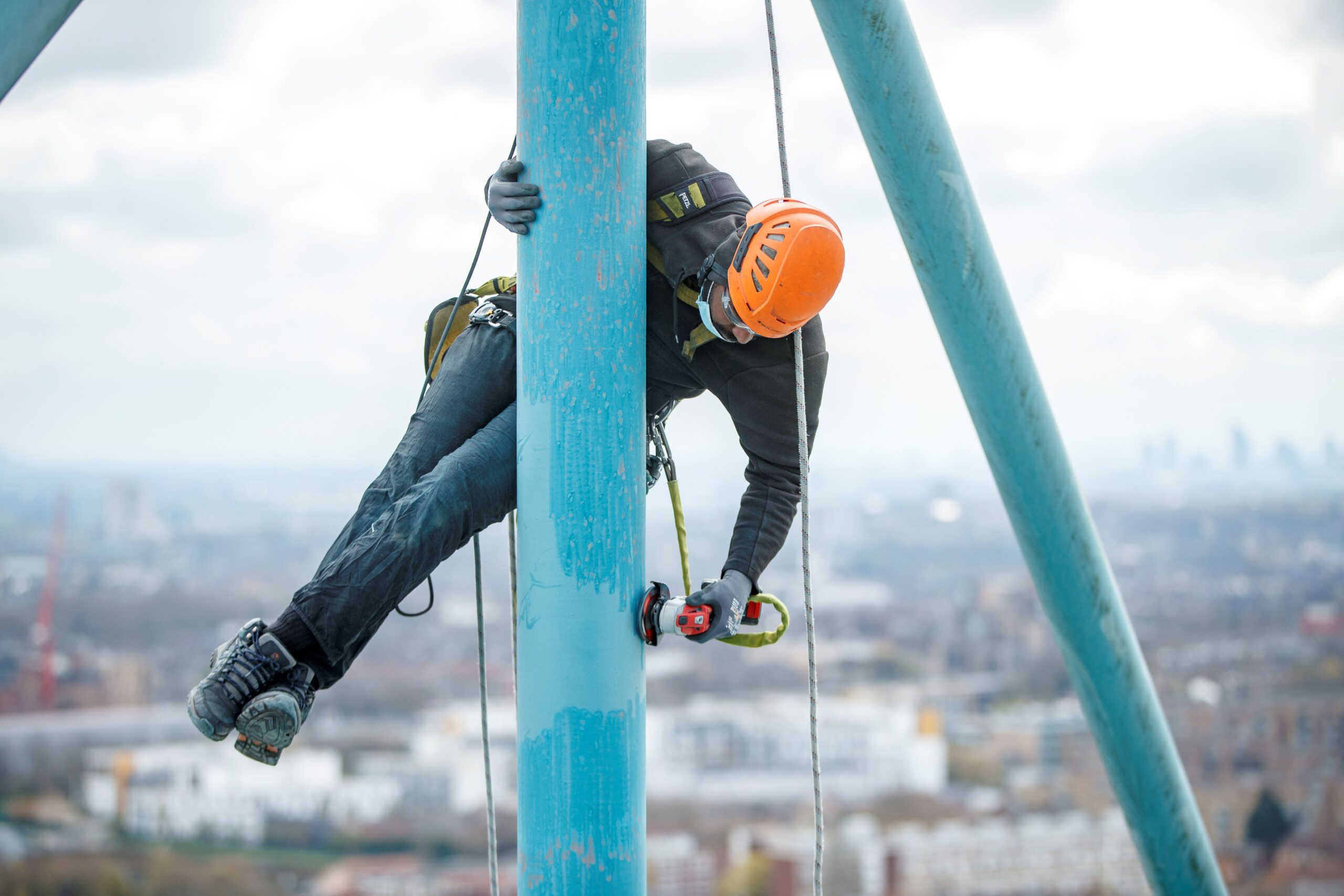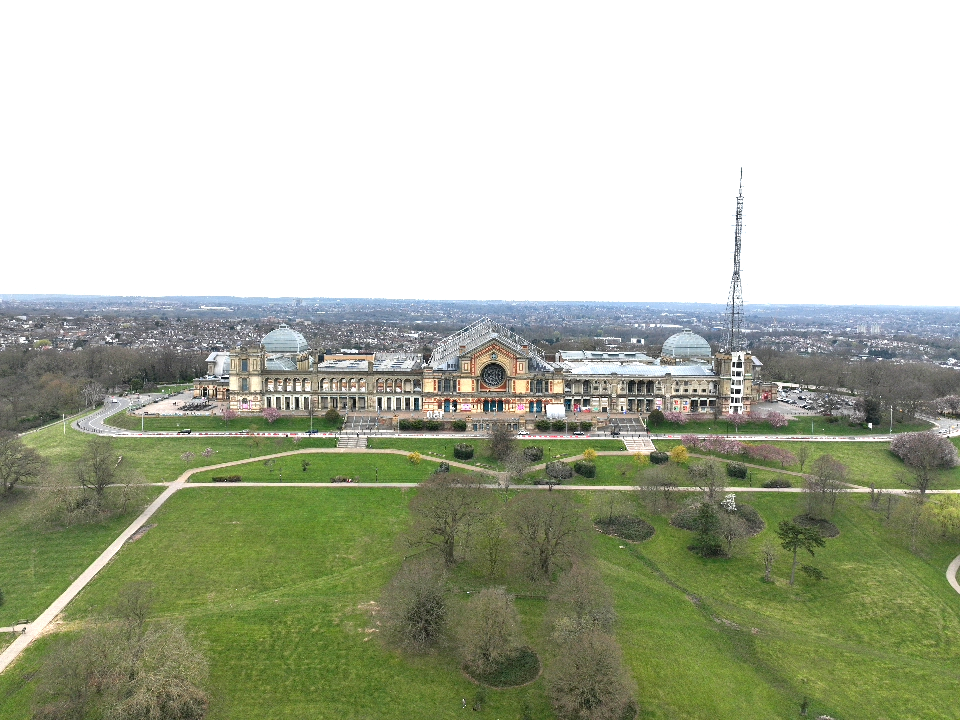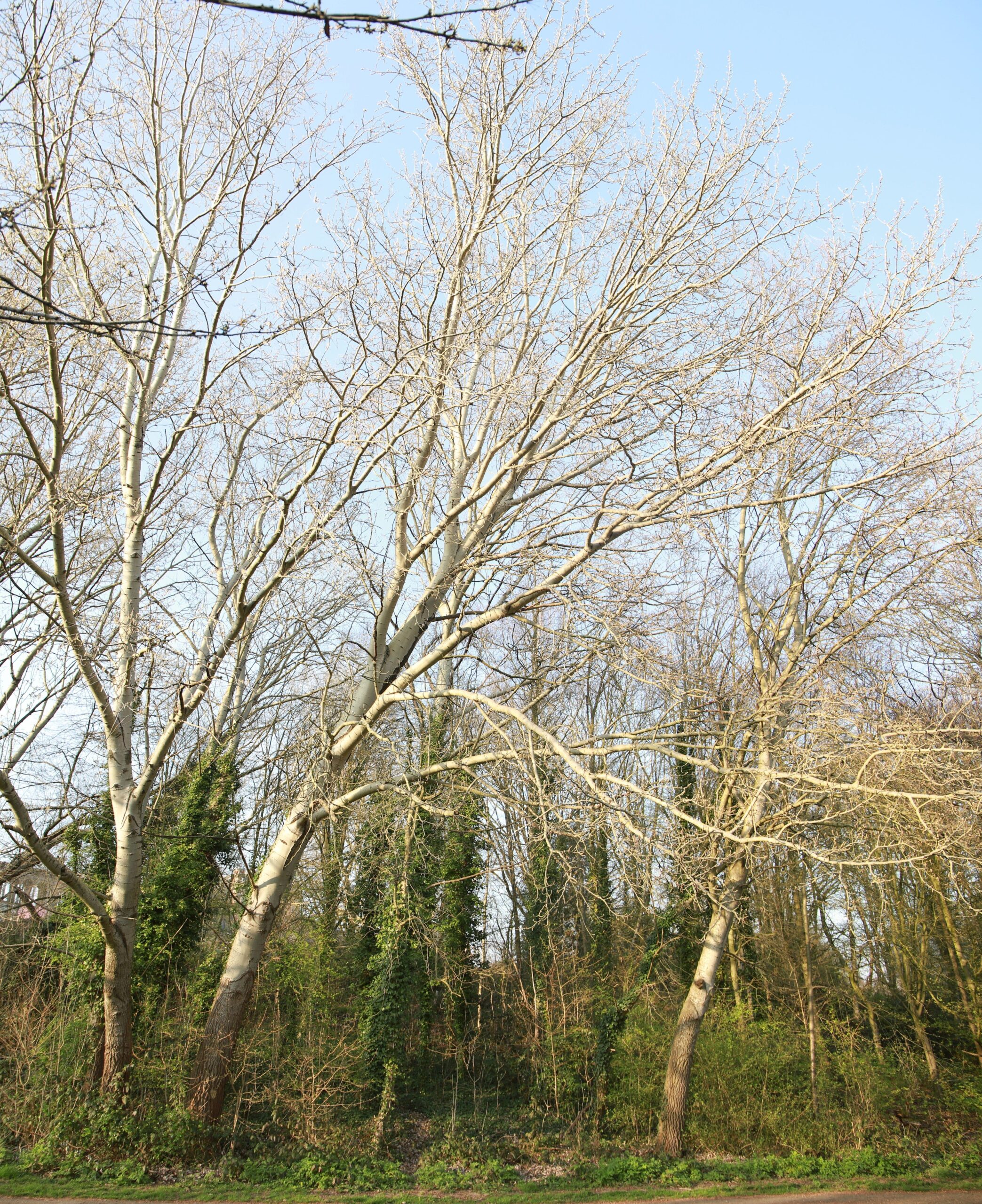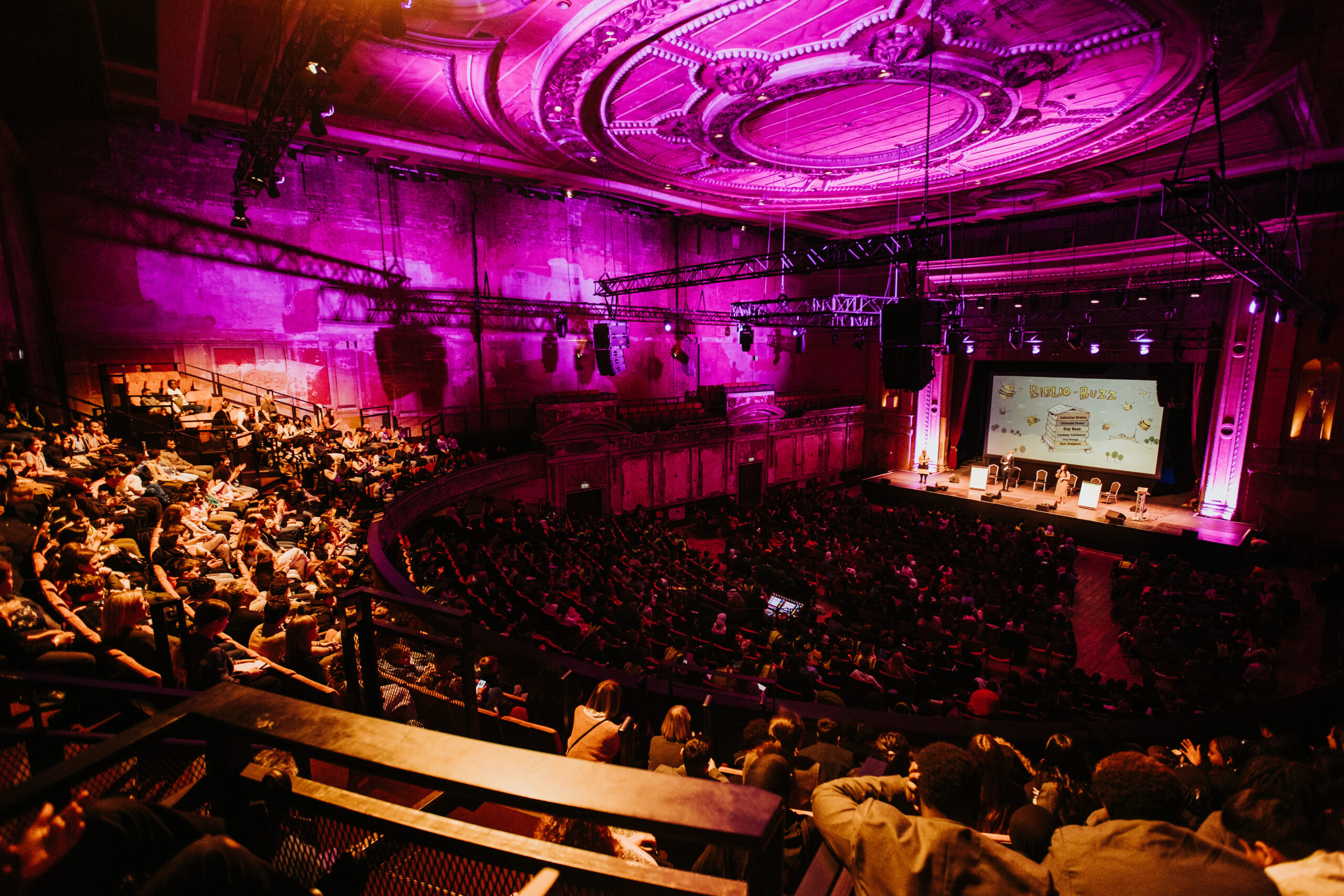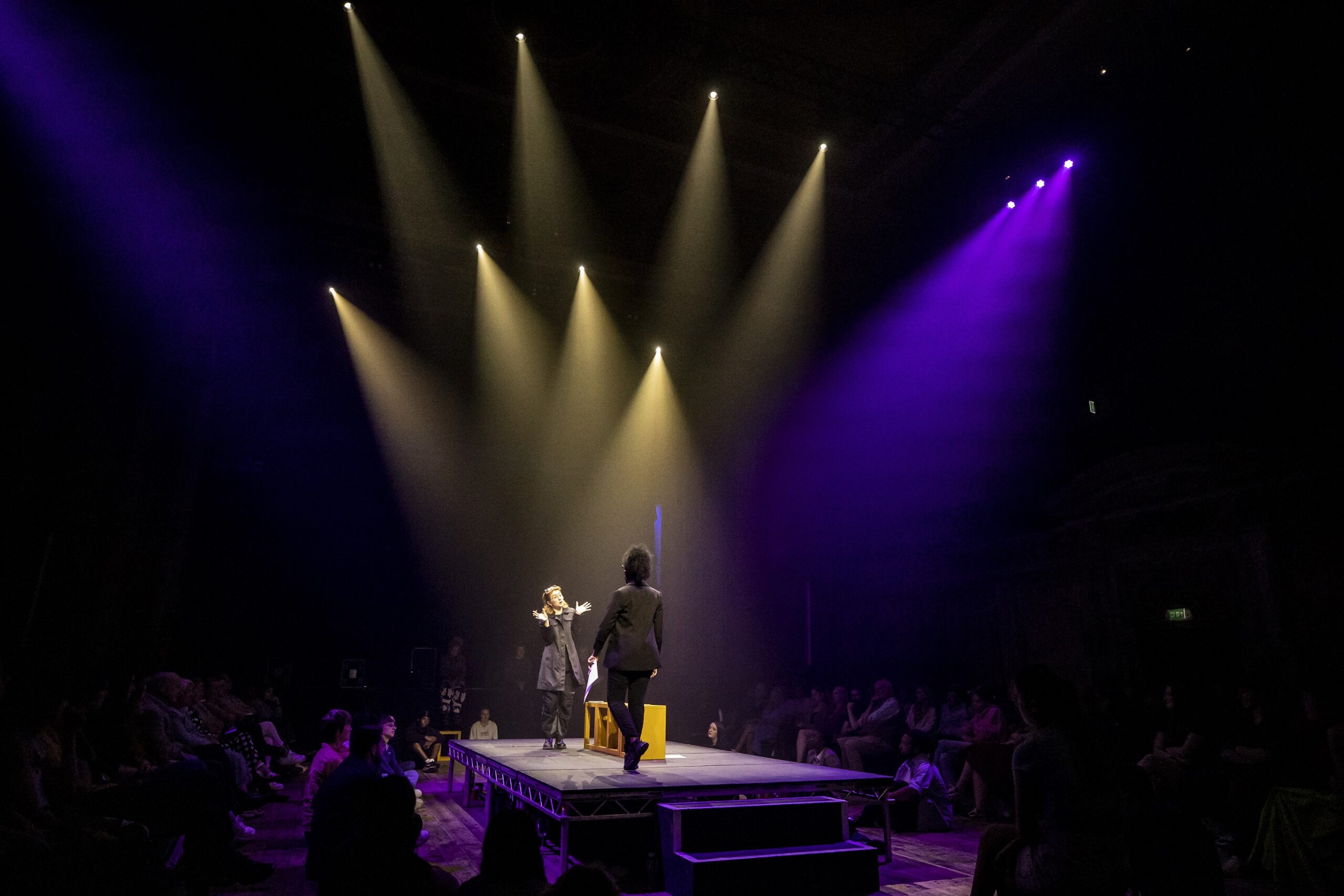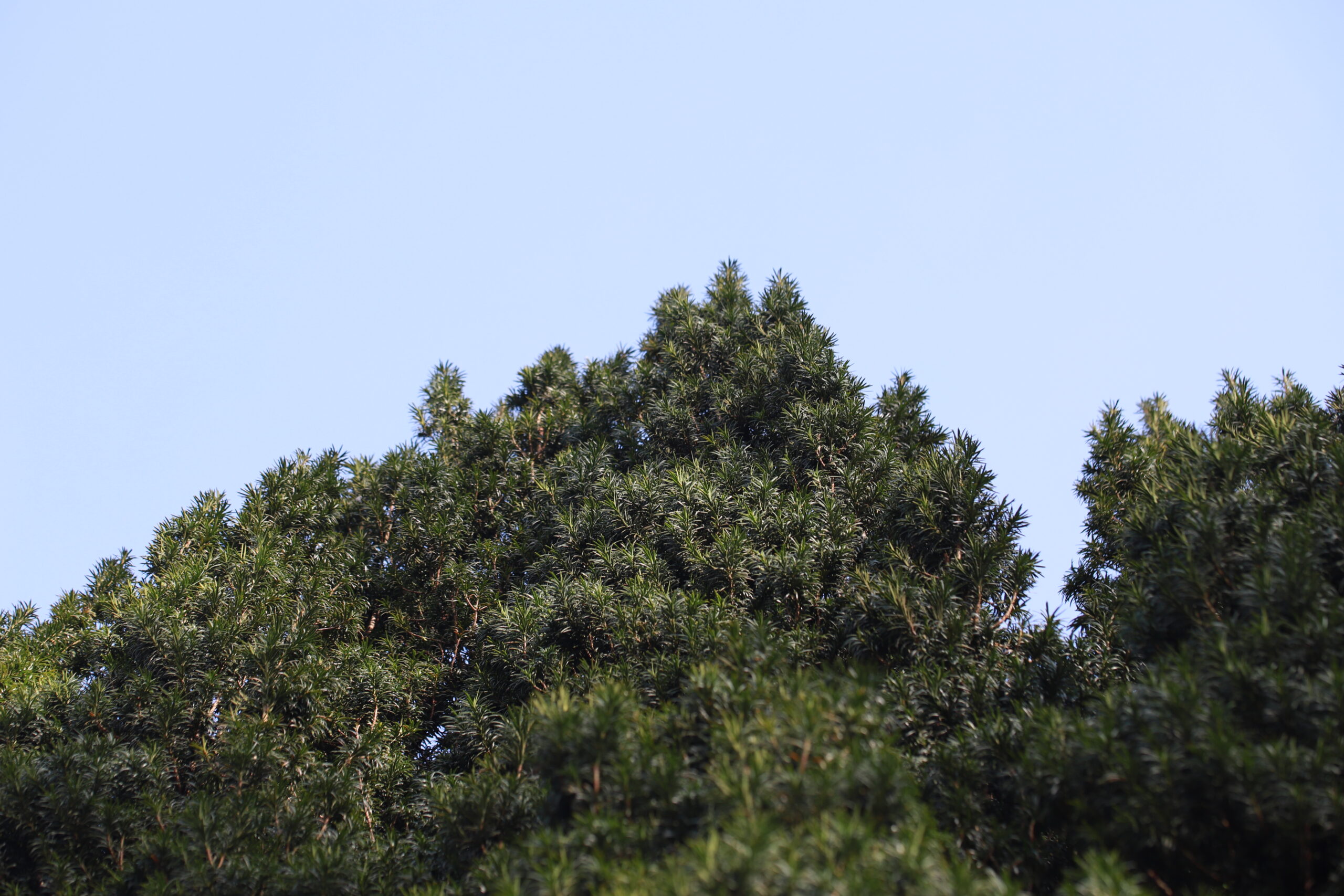Think you know the Palace? Well, think again! As we celebrate 150 years since we opened in 1873, here’s some more unusual facts and stats about Ally Pally….
At 237 metres long and 38 metres high, the Palace is wider and taller than Buckingham Palace.
Opening on 24 May (1873) means the Palace shares a birthday with Bob Dylan, Eric Cantona, Kristin Scott Thomas, John C Reilly, Patti Labelle, Queen Victoria and Dermot O’Leary.
Being born in 1873 means that the Palace is older than the Eiffel Tower, Albert Einstein, professional football and the invention of the light bulb.
Alexandra Palace was named after Princess Alexandra of Denmark. She arrived in England aged 18 to marry Queen Victoria’s eldest son Albert Edward, who became King Edward VII.
15 million bricks were used to construct the Palace.
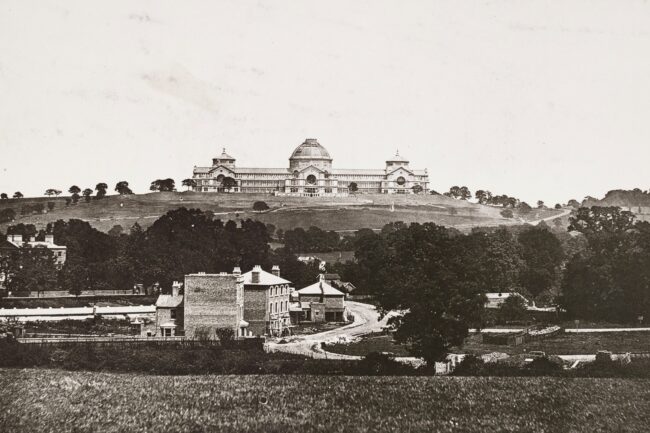
At seven acres big the Palace is larger than five Wembley Stadium pitches.
Our byelaws still prohibit anyone from grazing their bull at Alexandra Palace (without written consent of the Trustees, that is), riding ‘any horse above the rate of eight miles per hour’ or using any part of the Park or Palace ‘for shaking or beating any carpet’.
The popular name “Ally Pally” was said to be coined by Gracie Fields, who was a regular on the Theatre stage at the Palace in the inter-War years.
Famous for hosting the annual World Championship Darts since 2008, the Palace in fact held its first version of the event, then called ‘The News of the World Championship’, in 1963.

The Palace’s Theatre was the location for the country’s first same-sex marriage on 29 March 2014. Peter McGraith and David Cabreza held their wedding in the venue after the passing of the Marriage (Same Sex Couples) Act in 2013.
In 1895 the first official women’s club football match in the England was reported to have taken place at Ally Pally.
At 56 metres wide and 117 metres long (and typically over 14metres tall) the Palace’s Great Hall is big enough to hold 200 London buses.
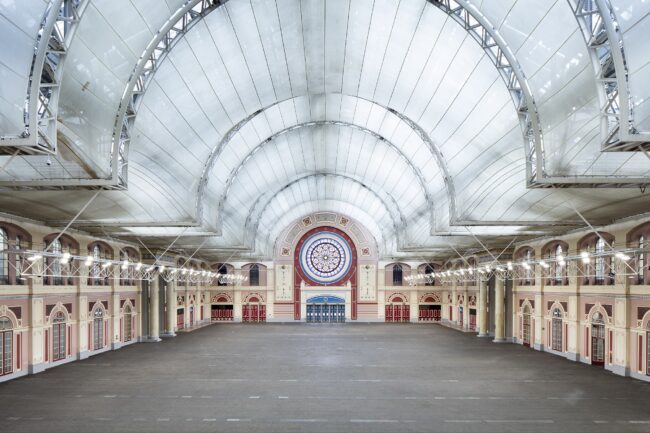
Marksmen from the Alexandra Palace Rifle Society represented the UK and won Gold, Silver and Bronze medals at the 1908 London Olympics.
The Great Hall was home to the BRIT Awards from 1993-1995 (peak era Brit Pop).
The Palace’s ice rink opened on 4 July 1990 (the same day England were knocked out of the Football World Cup by West Germany!). It used to be an exhibition space, banqueting hall and rifle range.
Among the London sights you can see from the Palace: St Paul’s Cathedral, The Shard, Canary Wharf, London Eye, BT Tower, three Premier League football grounds.
In 1906 Dr. Barton constructed a giant shed at Alexandra Park to build an experimental airship , which was commissioned by the British War Office. The cigar-shaped Barton Airship carried five crew and was driven by 18 propellers. Its first and only flight in July 1906 travelled from Alexandra Palace to St. Paul’s Cathedral and back again.

The Suffragettes held meetings in the Palace’s Victorian theatre in 1908 and 1909.
The BBC tower is where the first high definition public television service began in November 1936. After “light entertainment” moved to Lime Grove, the studios at Alexandra Palace were used by the BBC throughout the 50’s and 60’s for news broadcasts. In 1966, the first colour television signals were transmitted from the Palace.
During the Second World War, the BBC transmitters at Alexandra Palace were used in a secret operation to jam radio signals used by German bomber pilots to identify their positions and targets.
Behind the main stage of the Great Hall – a location for performances from the likes of Madonna, Jay-Z, The Rolling Stone, Led Zeppelin and many hundreds more – is the giant Willis Organ, designed by Henry Willis who also designed organs for Gloucester Cathedral, Crystal Palace and the Royal Albert Hall.

The Palace is Grade II listed.
In the late 1800s the Park featured a Circus building, Japanese village (with Japanese gardens), Laplanders encampment, Norwegian house and pavilions of all shapes and sizes.
1,300 dancers helped to welcome in New Year 1923 at the Palace, on what was the largest dancehall in London. Bank holiday 1923, saw crowds at the Palace sink 800 gallons of beer and a tonne and a half of tea. 1923 was quite a year!
The Palace has its own pub, The Phoenix Bar & Kitchen, the only pub we can think of housed inside a historic Palace.
John Lennon and Yoko Ono visited the Palace on 11 August, 1971 to view art works they had contributed to the Art Spectrum exhibition.

Recycled materials from the 1862 Kensington International Exhibition – the current site of London’s Natural History Museum and the Science Museum – were used to create the first Palace in 1873.
60,000 visitors attended the opening of the palace in 1873.
One of the highest points in London, the Palace used to have its own tram and train station helping visitors up that hill!

A local legend has it that Oliver Cromwell kept horses in the Park.
The ice rink has twice hosted the World Record for the longest Conga! Meanwhile, Robbie Williams recorded his video for ‘She’s the One’ on the Palace’s ice rink.
W. G. Grace, Sir Jack Hobbs and Sir Don Bradman have all played cricket at Alexandra Palace.
From 1868 to 1970 Alexandra Palace was home to a horse racing track, known as the ‘Frying Pan’ because of its distinctive shape.
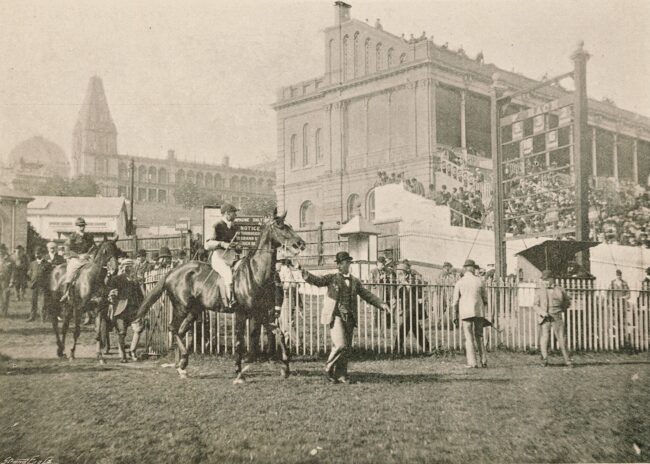
The Park, once a home to daredevils and aeronauts, has also been the site for a diving pavilion, filled with 40 tonnes of water, a Cold War bunker and a dry ski slope.
Danny the Donkey used to live in Alexandra Park. Arriving in 1969 he was thought to be over 40 years old, though nobody knew anything of his life before his arrival. He appeared in charity fun runs and used to go to St Paul’s Church once a year on Palm Sunday.
In 1902 Europe’s only velodrome was constructed in the Great Hall, it was 200ft long and 85ft wide. In the same space, just over 100 years later, the Drone Racing League was staged.
The winning time for the 1875 pigeon race from Ally Pally to Brussels was 5 hours 43 minutes.
